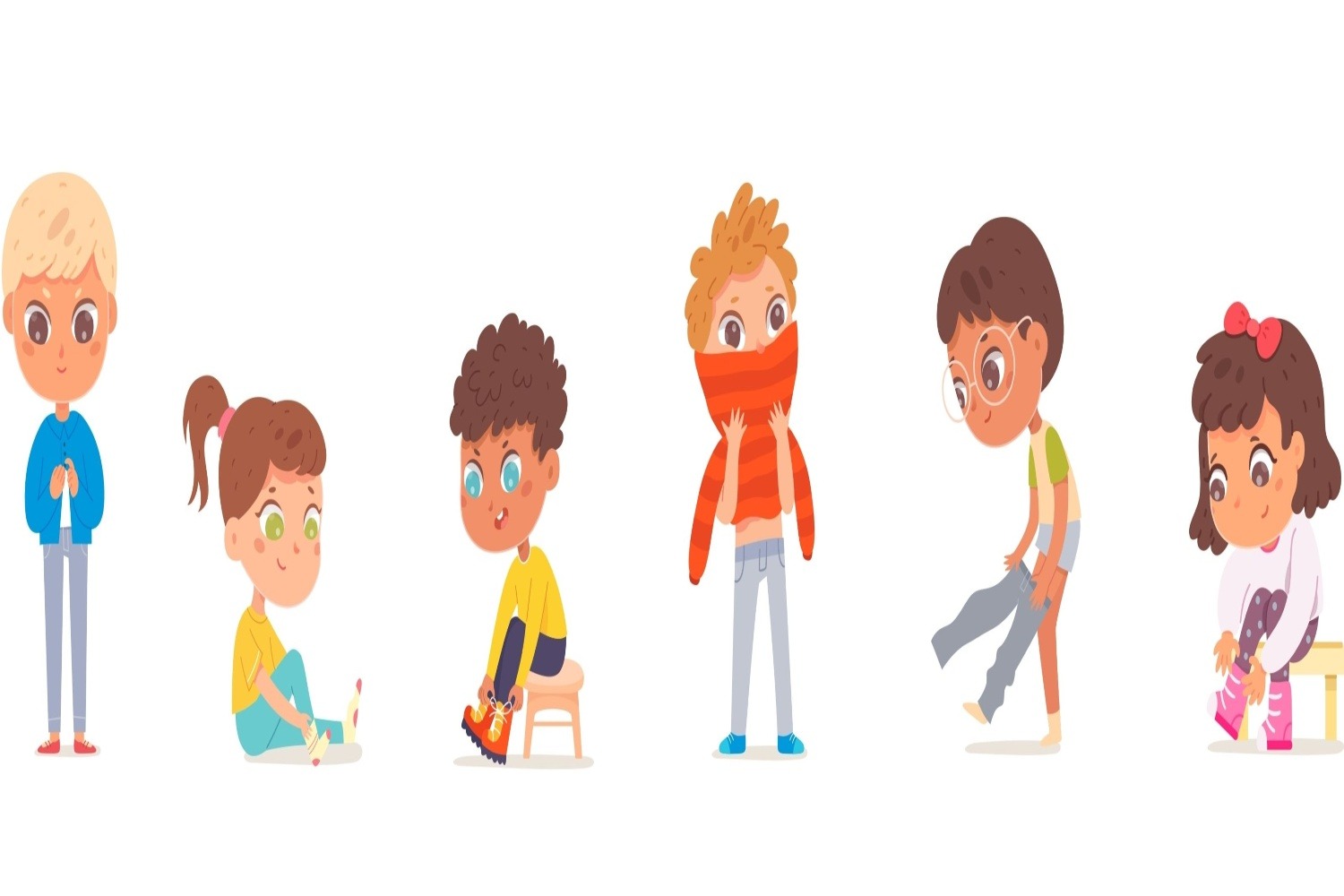
Time passes so quickly. The little munchkin that you used to wrap up in a swaddle is now a mischievous explorer. Toddlerhood is the time for exploration, self-expression, and understanding the world around through these. Granting independence is a thing that you can practice through diverse activities to foster a confident personality in your toddler. Helping your toddler to dress themselves can be one such activity where they can explore, express, and be creative with their choices.
But teaching toddlers to dress themselves is not going to be that easy for you. The slightest discomfort can lead to irritation and complete avoidance of learning the new skill. You will have to be calm and think about innovative ways to help your toddler learn how to dress while enjoying it. Don’t worry as here are the top tips to help your toddler dress themselves.
Video- Helping your Toddler Dress Themselves
Why is it Important to Teach Your Toddler to Dress Themself?
Teaching your toddler to dress themselves has many benefits. It will not only increase their sense of style but foster prominent developmental skills in them. Below are the reasons why it is important to teach your toddler to dress themselves-
1. Works on Fine Motor Skills
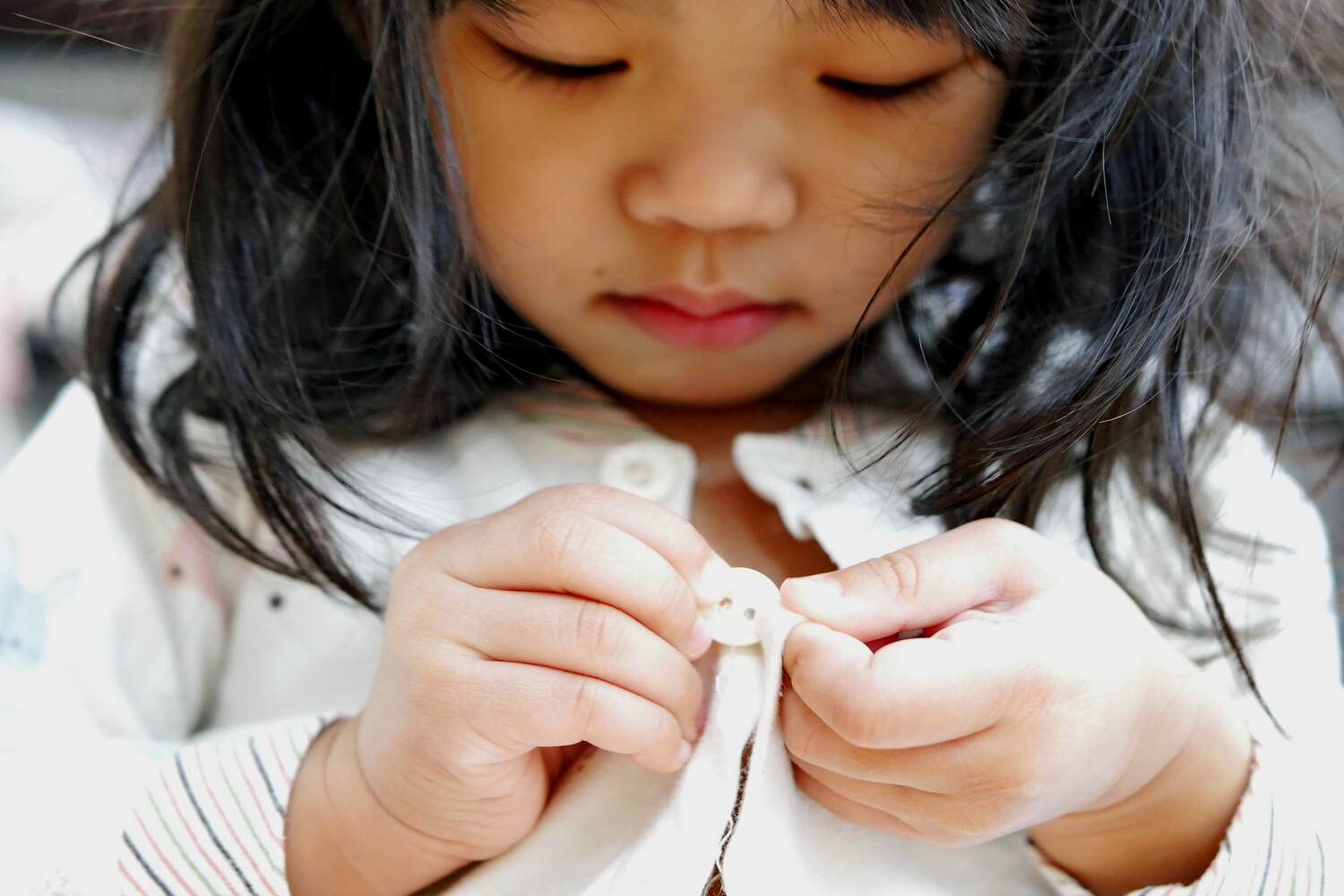
Using the buttons, pulling up or down the sleeves, and zippers, all these activities develop fine motor skills in toddlers (1). They utilize their hand-eye-coordination and tiny finger dexterity in the process of dressing and undressing and get more proficient in these skills with practice (2).
2. Builds Cognitive Skills
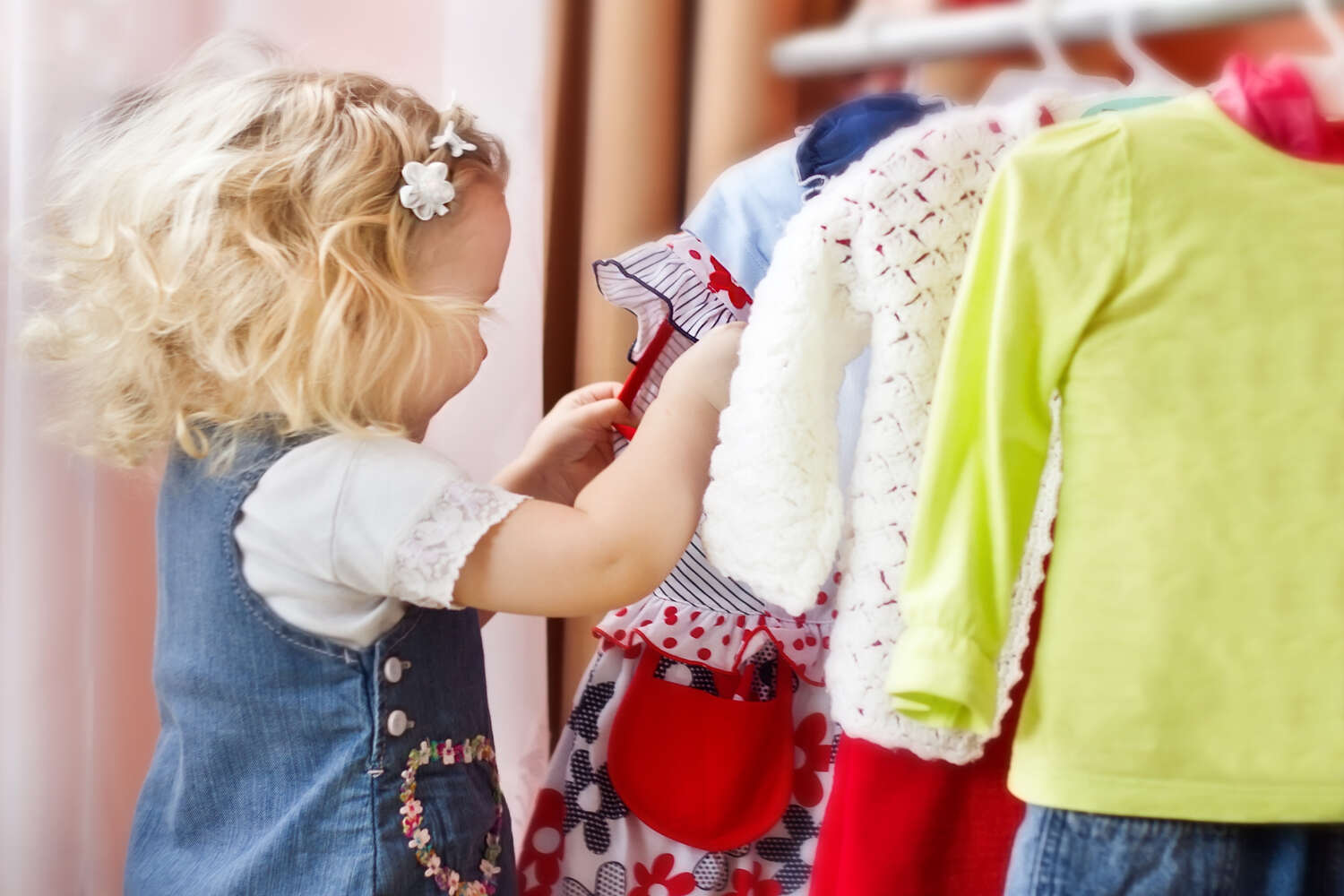
Choosing an appropriate outfit demands critical thinking abilities and practice of decision-making. Wearing or removing clothes properly develops problem-solving capacity in toddlers. The dressing process also develops patience and attentiveness in children, which according to UNICEF is a recurrent problem in children nowadays due to increased screen time (3).
3. Helps to Promote Language Development
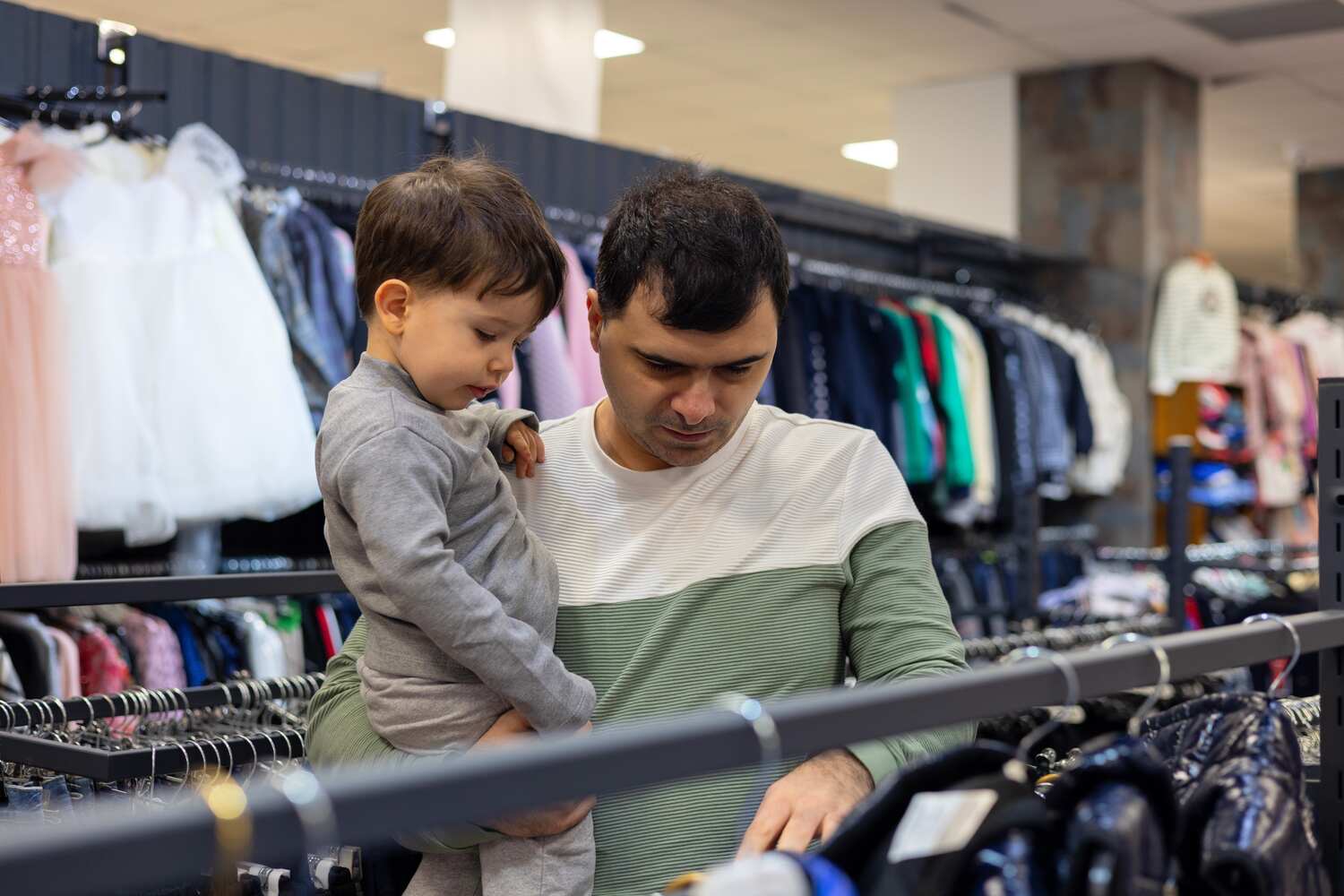
The names of different clothing types, their colors, fabric, accessories, and the body parts they cover can enhance language development in toddlers (4). Parents need to consciously use the names of clothing and encourage toddlers to pronounce them to increase their vocabulary.
4. Fosters Creativity
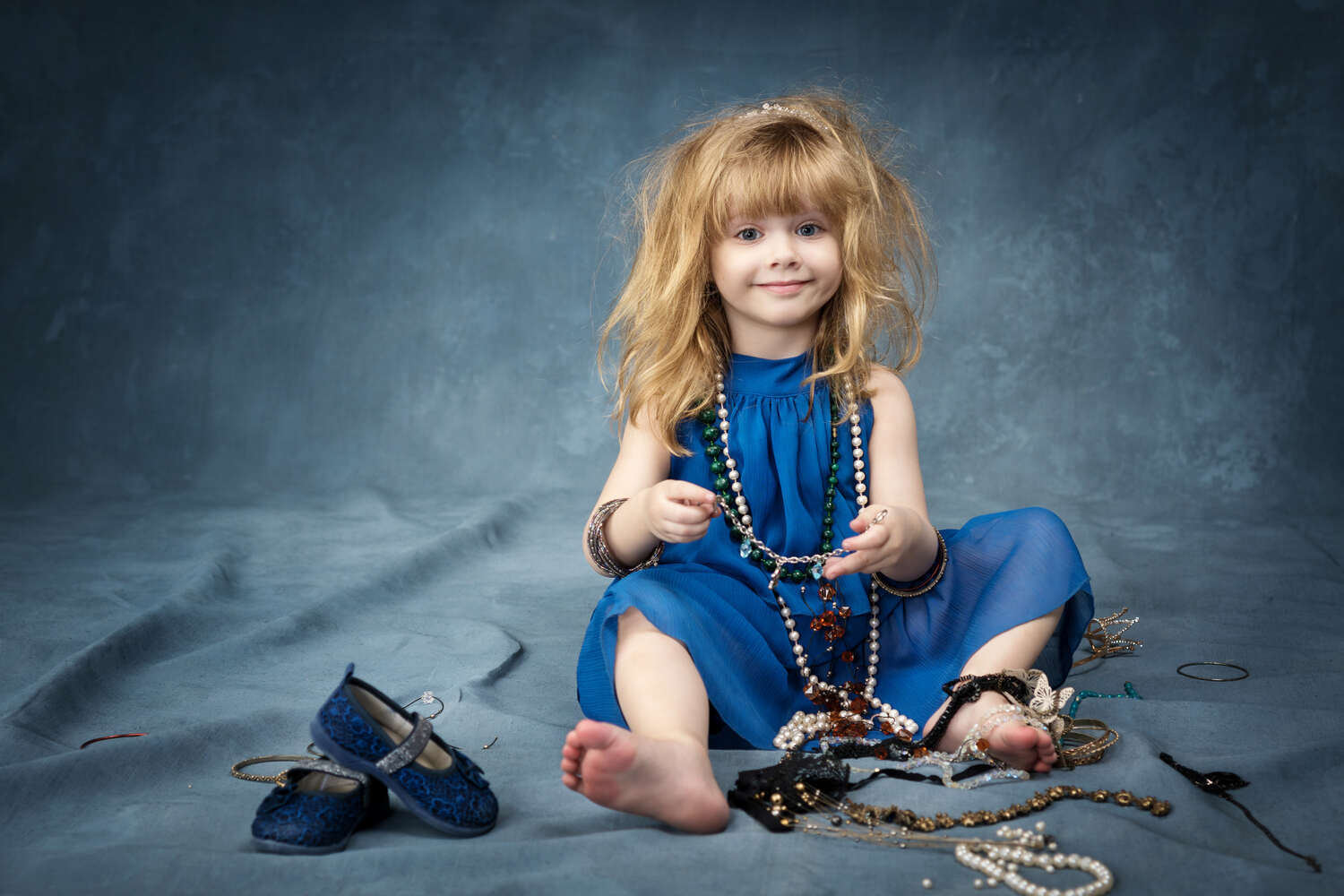
Dressing on their own develops a sense of creativity in toddlers. They can practice their choice and preference of color and type of dress to create their own unique style which can be rewarding for their sense of creativity and self-esteem (5).
5. Helps Them to Understand About Weather
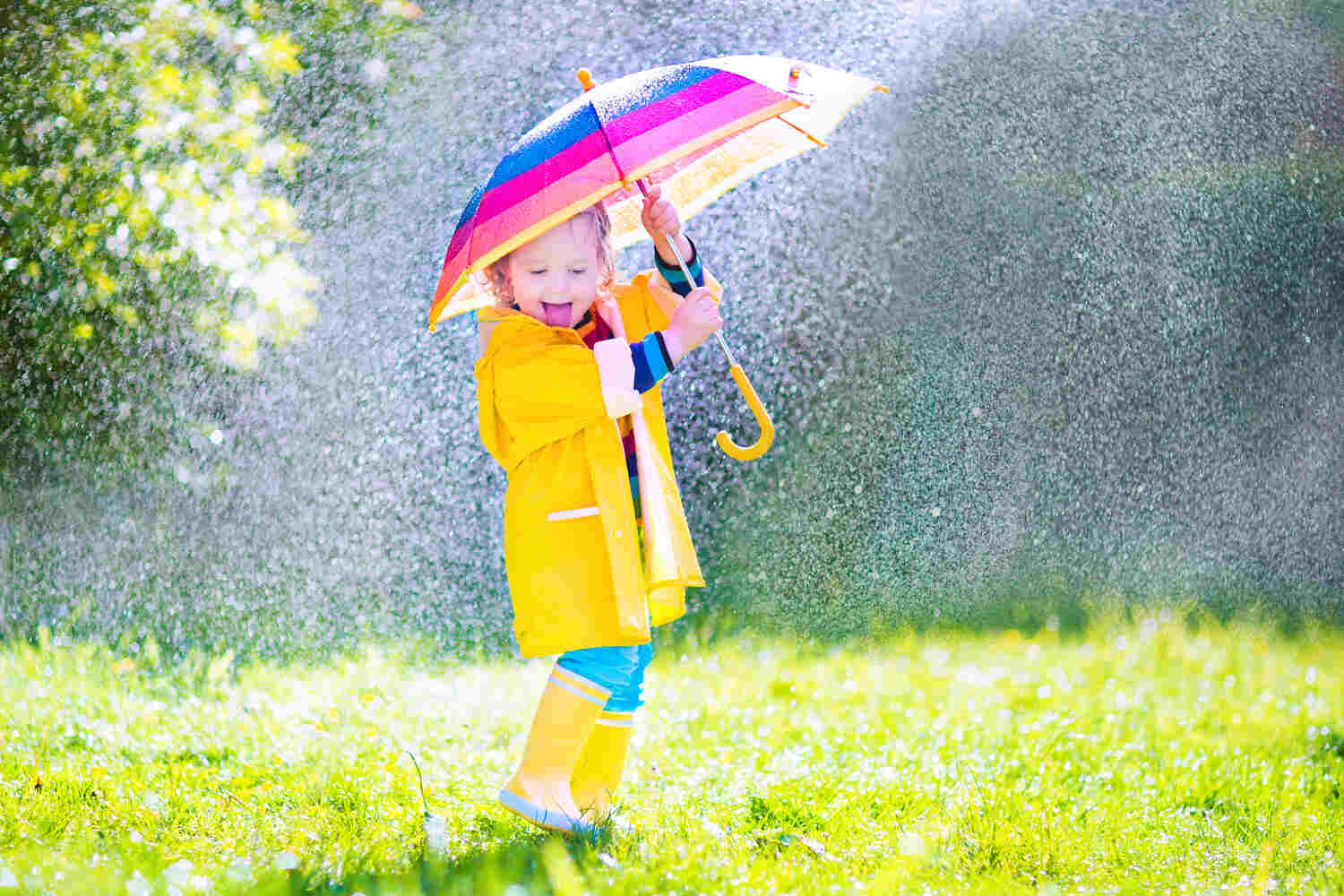
Self-dressing can develop a sense of weather-appropriate clothing in toddlers. Kids usually do not consider much about the weather outside when it comes to wearing their favorite dress. It is not surprising to see them wear a fur coat on a hot sunny day! You can develop this sense by constantly using words like hot, cold, rainy or windy and suggest what sort of clothing is best for that weather.
So there are multiple benefits of teaching your toddler to dress on their own. You can also develop their sense of independence and self-confidence by letting them dress independently.
Top 14 Tips to Teach Your Toddler to Dress Themselves
Teaching your toddler to dress themselves is not, however, an easy job. It can take lots of patience and endless practice for months. The following tips can make the self-dressing process more smooth and enjoyable for you and your little learner-
1. Keep it Fun
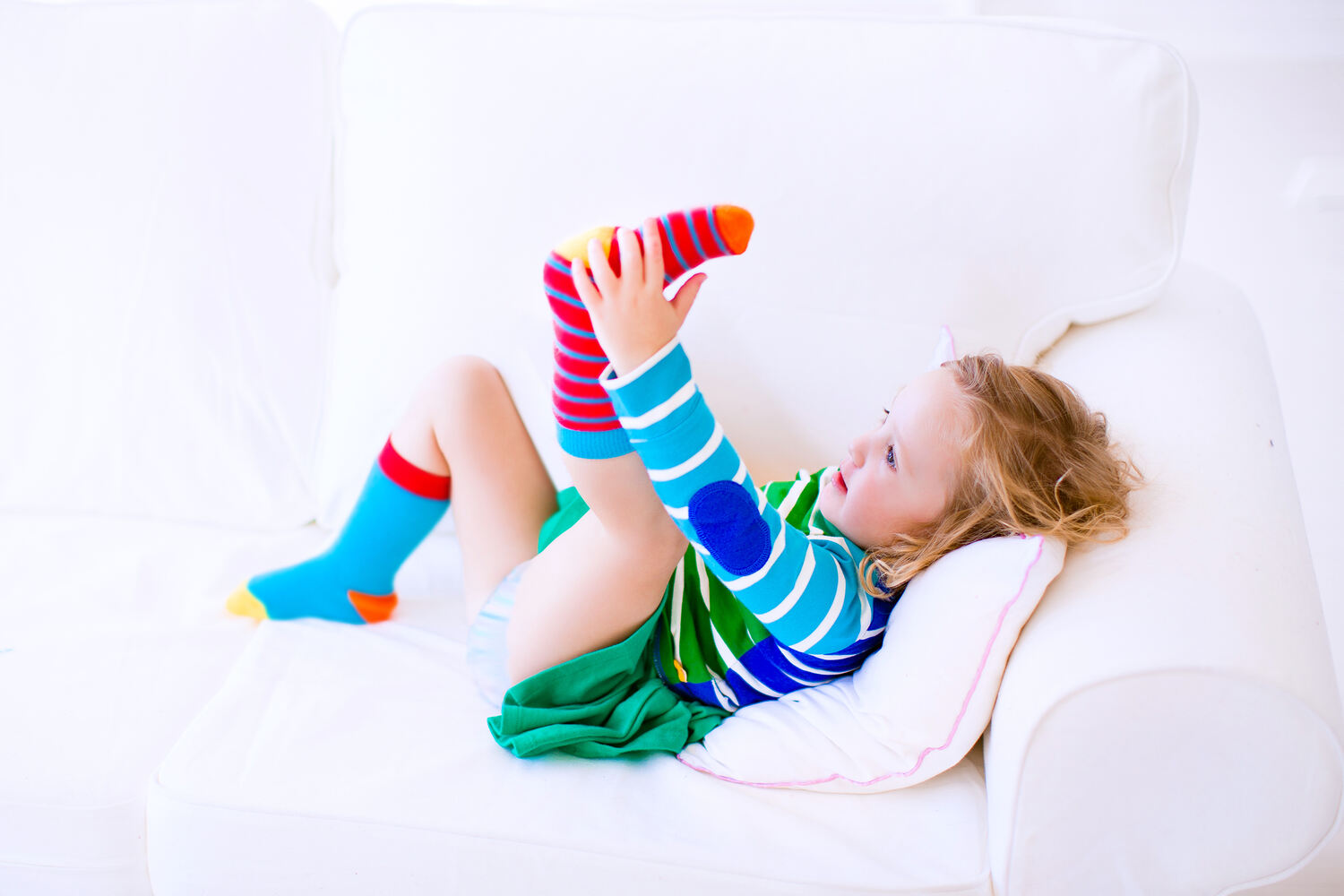
You will have to make the dress changing a fun activity for the toddlers otherwise they will lose interest in the same boring everyday thing. Think about fun games and innovative ways to motivate your kid to dress. You can play music and challenge your toddler to dress up before the song ends. Or, you can take the help of fun visual illustrations to demonstrate what to wear and how to wear it. Shoe stickers are helpful to make kids wear the shoes on the correct feet.
2. Prepare in Advance
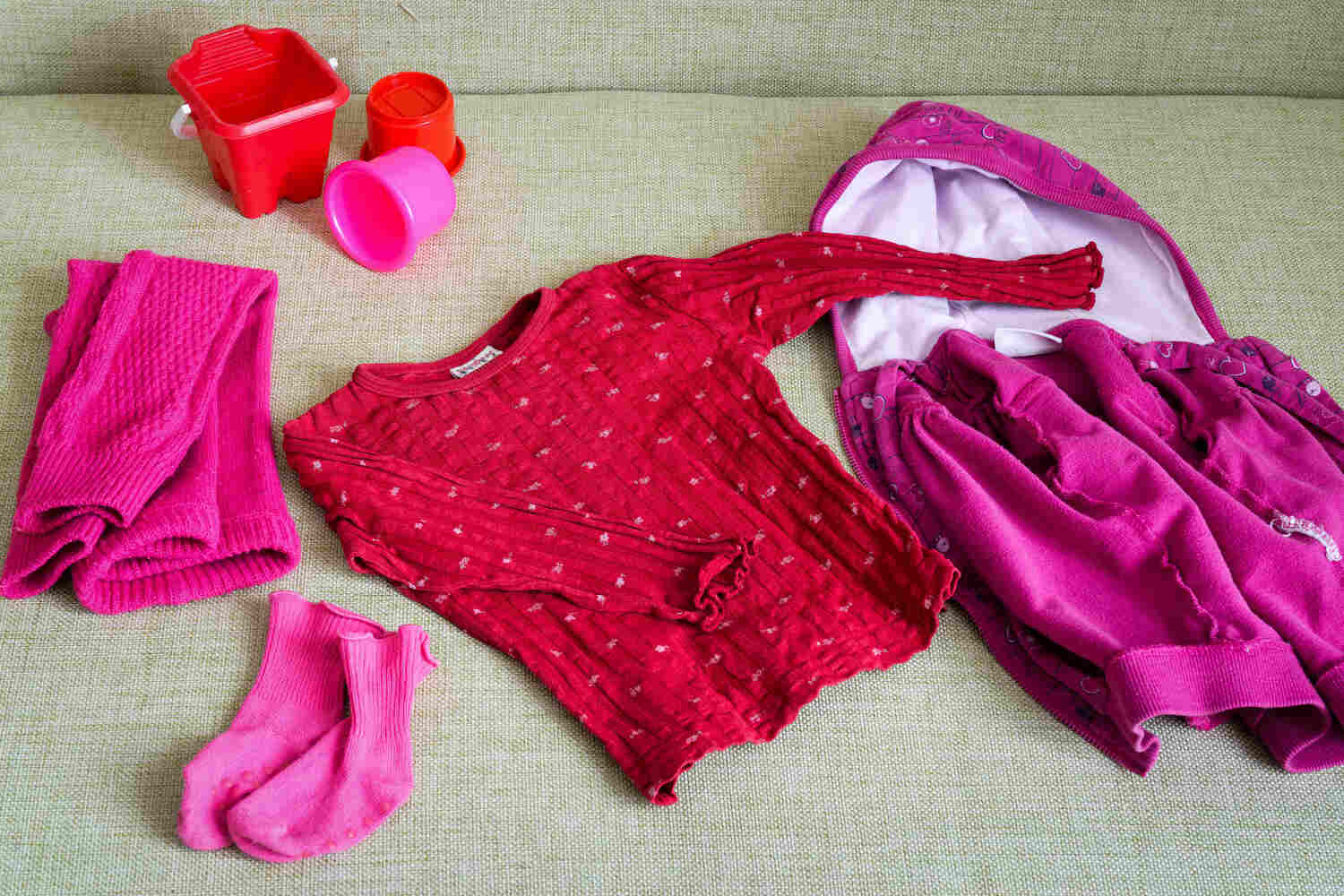
It is always better to prepare for the next day in advance. Dressing up your toddler in the morning can be stressful and troublesome for you. The sleepy eyes and hurried time can make the situation worse. Better to select and arrange what your kid will wear before you go to sleep at night. You can also encourage toddlers to decide what they want to wear the next morning.
3. Limit The Choices
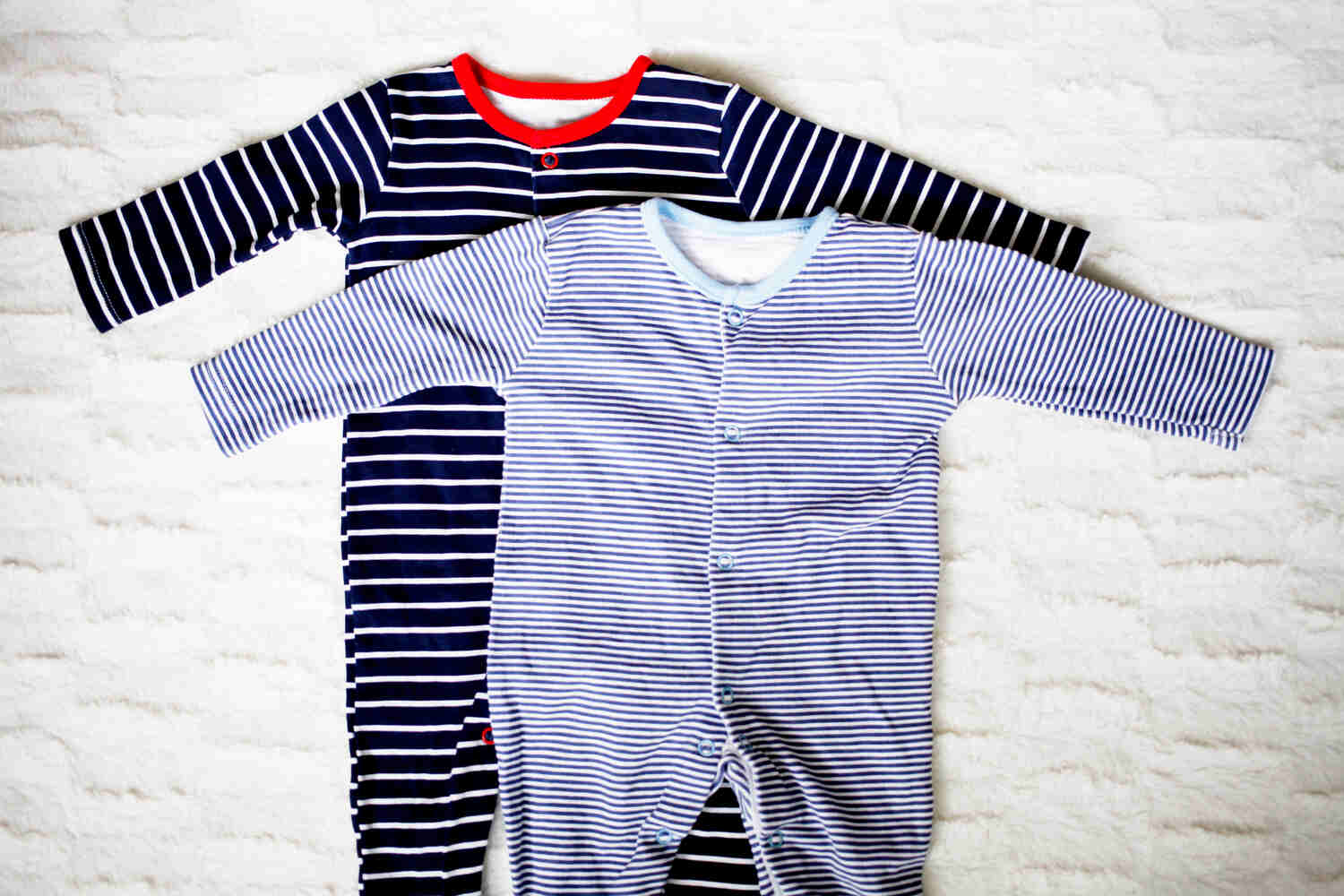
Do not provide too many options in front of the toddler as this can confuse them. Instead, it is better to provide only two options in front of them, and ask them to choose one. This will help your toddler to practice independence and a sense of control, at the same time save your time and energy.
4. Pitch in if Needed
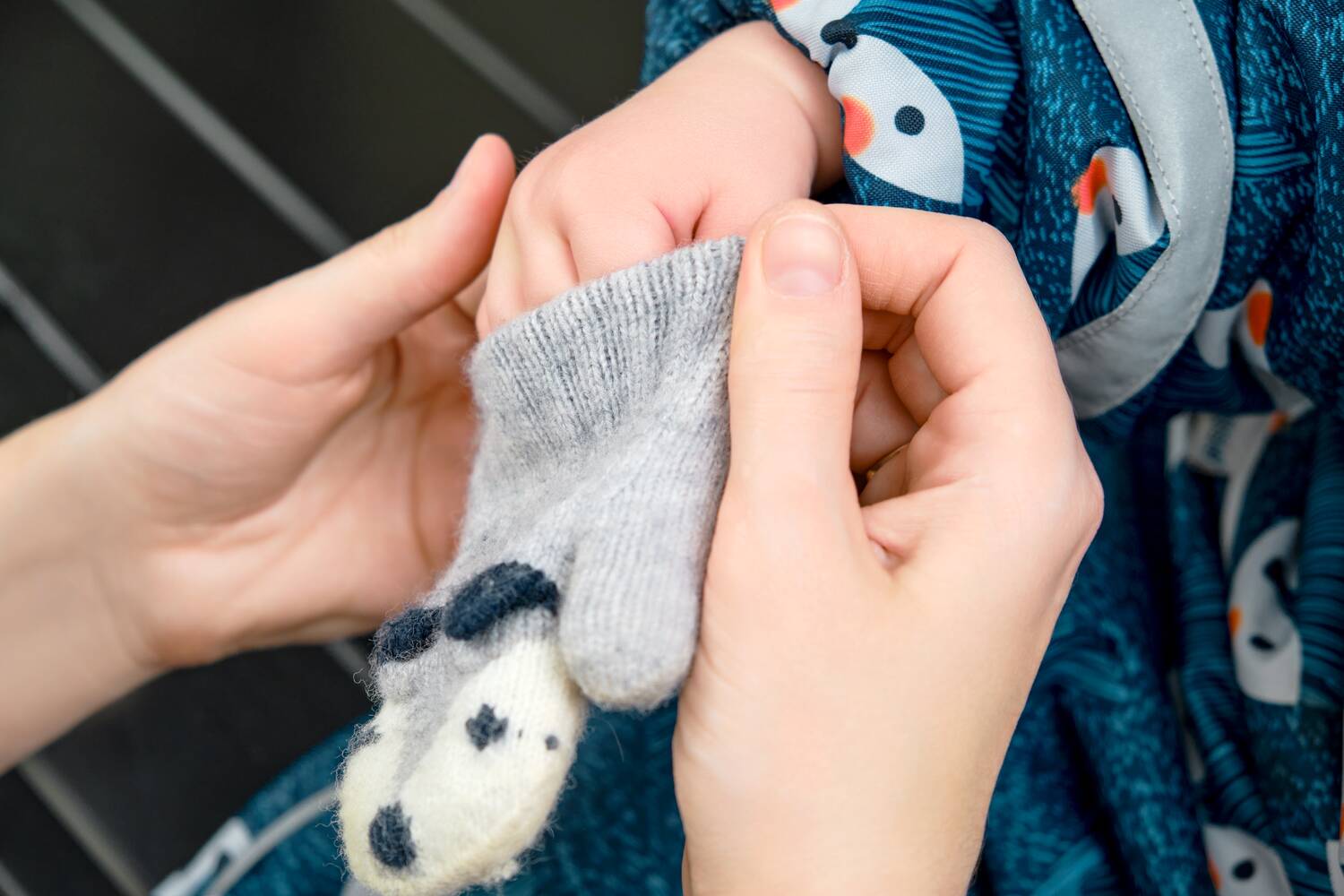
Initially, your toddler will need your assistance to dress. But gradually you will have to leave the duty on their tiny shoulders and observe them doing it from a distance. Doing the buttons, zipping up the pants, or tying the knots can be difficult for toddlers where you can help either by instructions or by doing it a bit for them to understand the mechanism.
5. Show And Tell
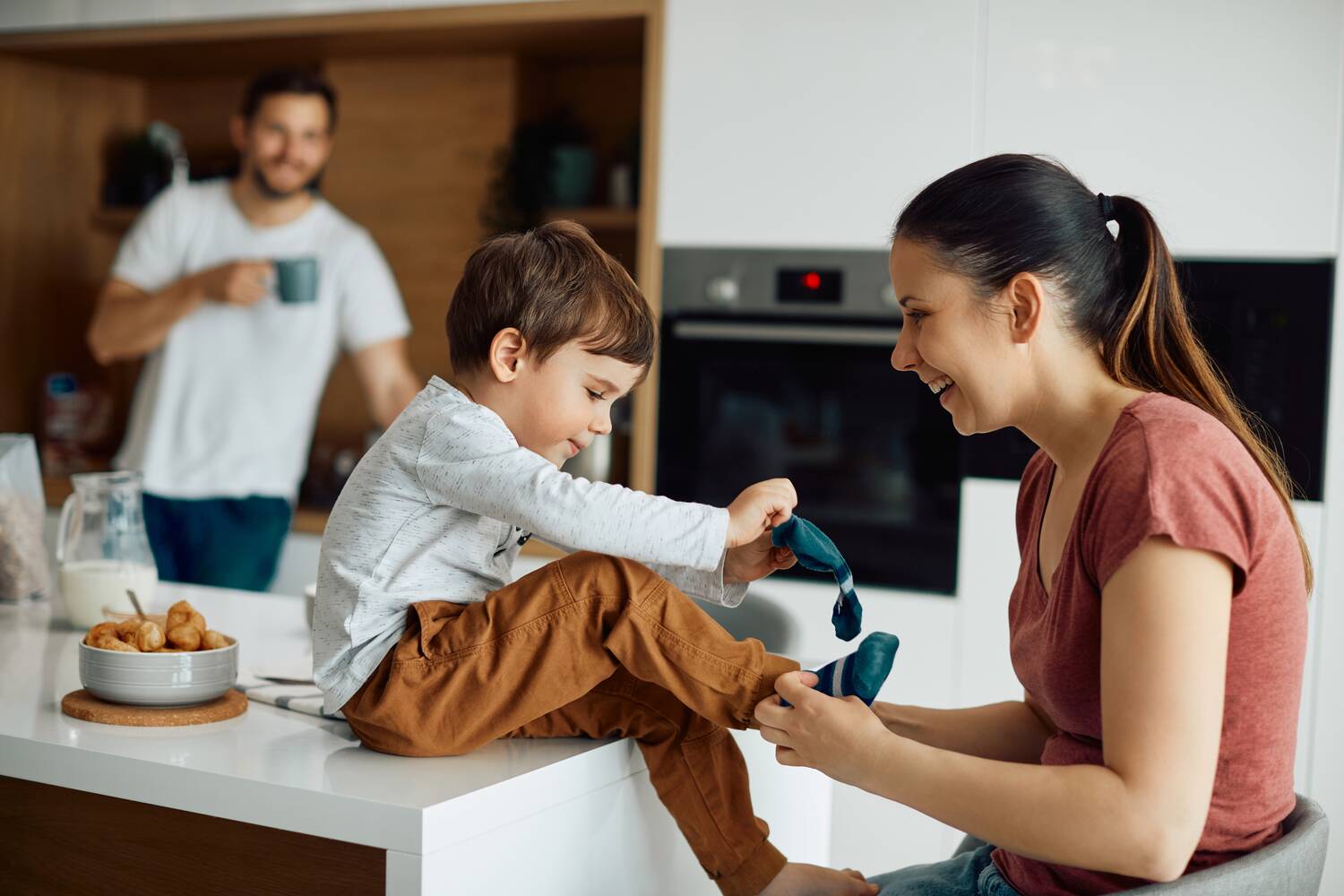
Toddlers primarily learn through imitating their elders (6). You can utilize this to teach your toddler dressing by actively demonstrating it in front of them. You can show them how to wear a t-shirt or remove their pants. Kids learn best through visuals hence your live demonstration will help them learn dressing quickly.
6. Use Bigger Sizes
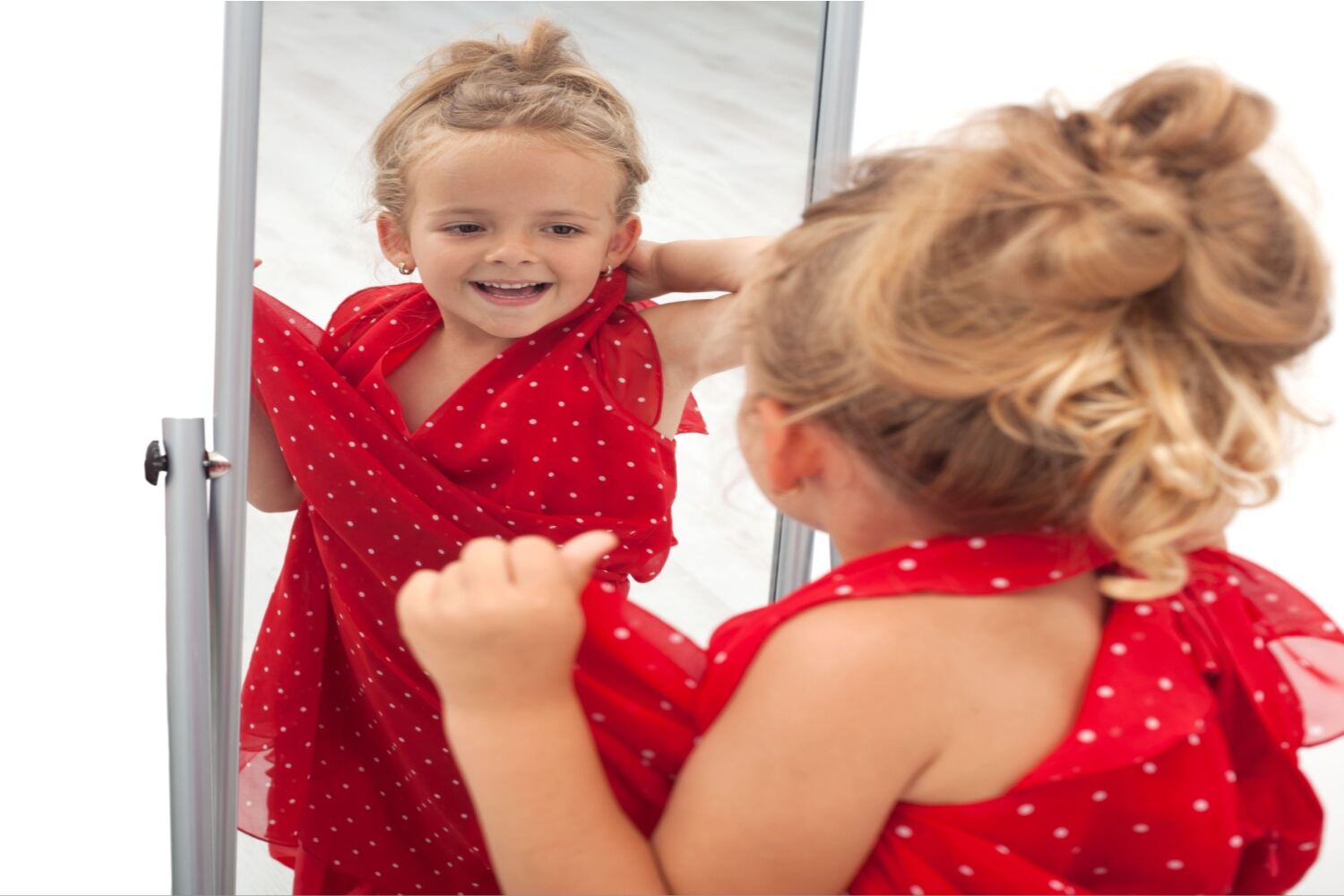
Using bigger size clothes will be helpful for your toddler to easily wear or remove them. Your toddler may get stuck in the tight-fitting clothes and get frustrated due to discomfort. So give them loose-fitting clothes to try on.
7. Get Simple Clothing Items
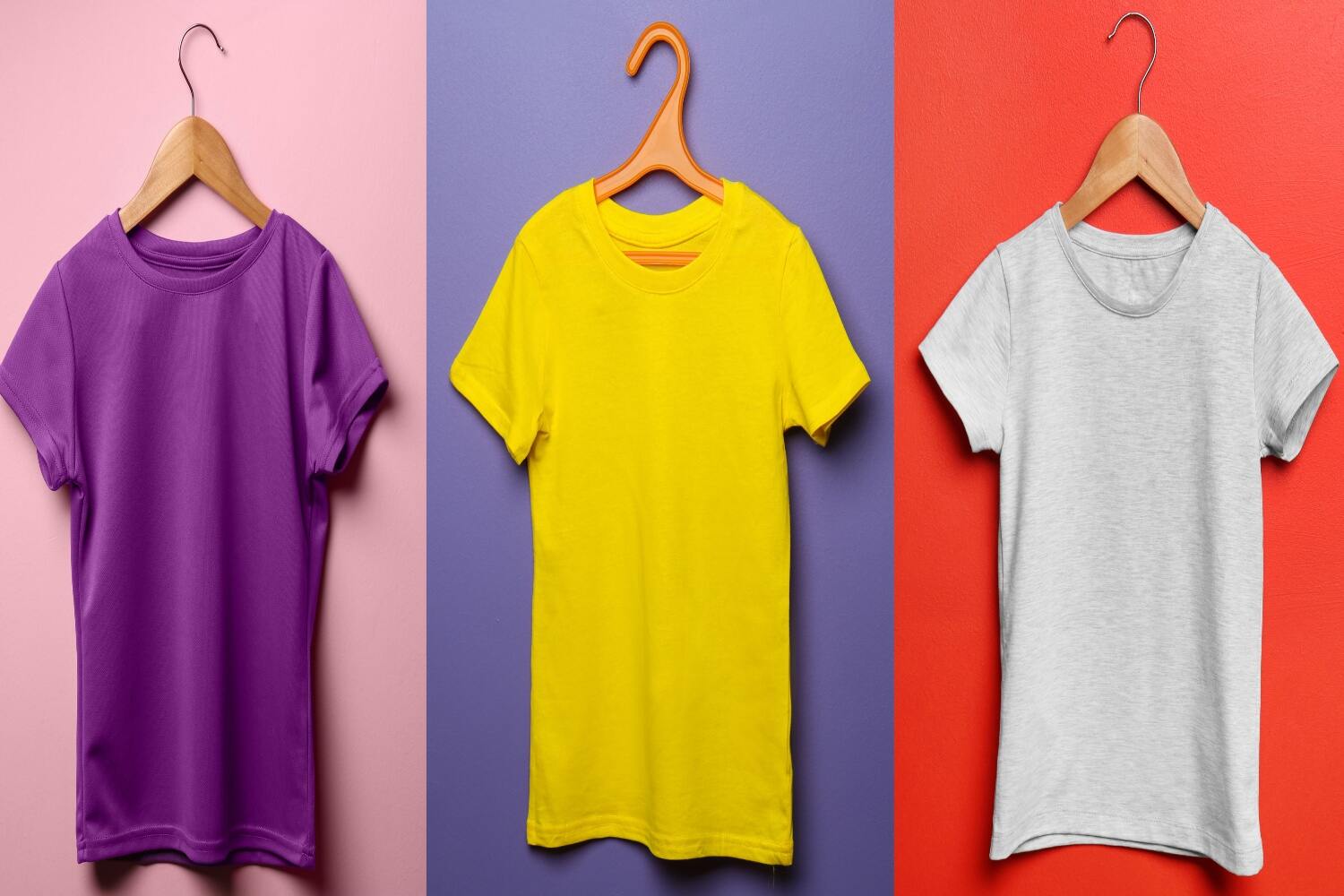
Use pants with elastic waistbands instead of zippers or buttons. Buy shoes with velcro instead of shoelaces. Get V-neck t-shirts or tops instead of buttoned ones. These are simple clothing types that will help your toddler learn to dress easily and boost their confidence.
8. Sit And Teach
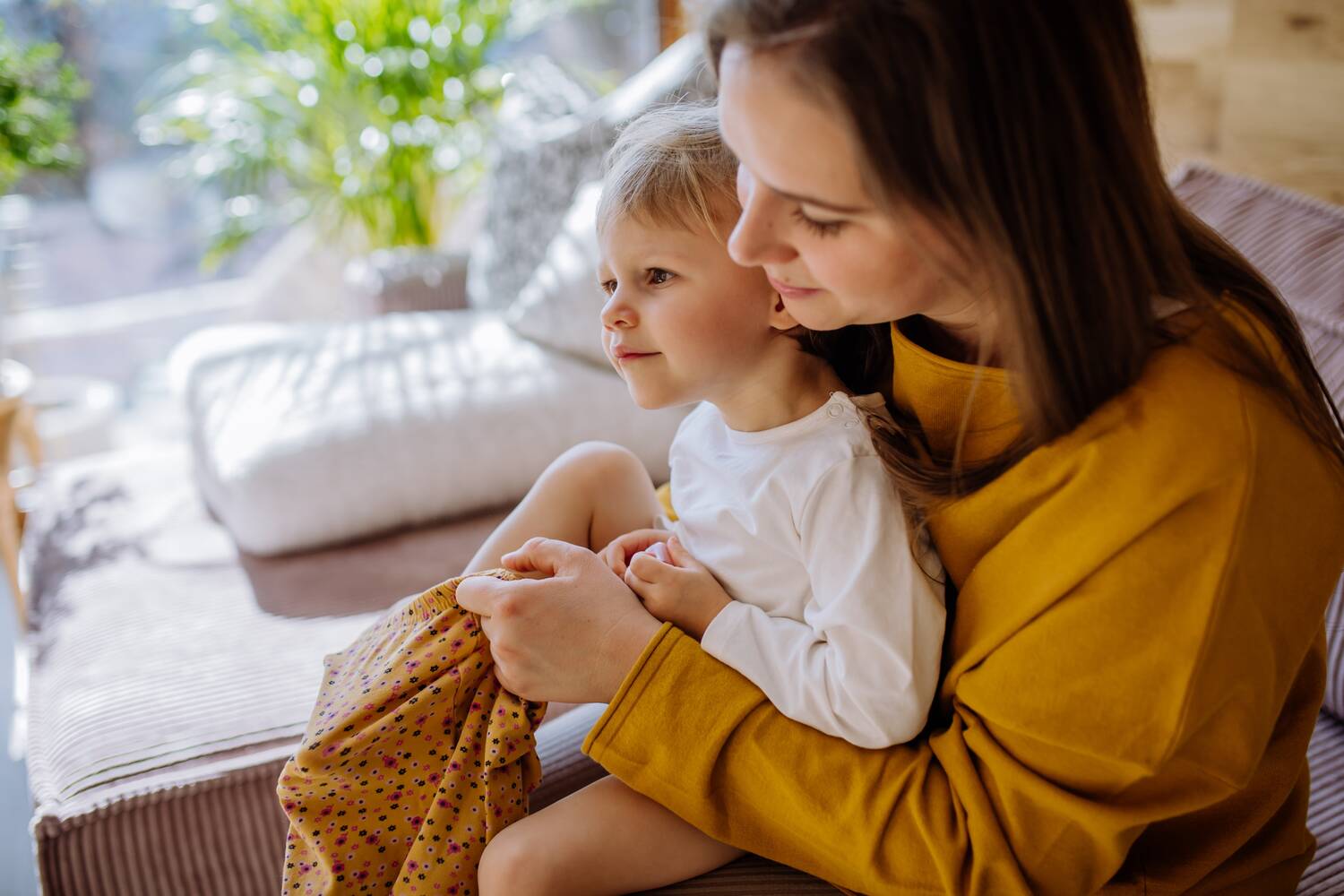
As your toddler is still learning to stand and walk with proper balance it will be wise to practice dressing in a seated position. This will reduce the risk of falling and help them better concentrate on the task.
9. Don’t Rush

Learning the skill of dressing up is an intricate process. It will take more time than other developmental milestones like crawling or walking. Do not hurry and put pressure on your kid to learn it faster. Give them the time they need.
10. Remove Distractions
Removing distractive objects like tablets or TVs during dress-up will help your toddler focus on the task. You should also avoid talking about anything else other than the task to help the toddler concentrate.
11. Teach Them to Differentiate Front And Back of Clothes
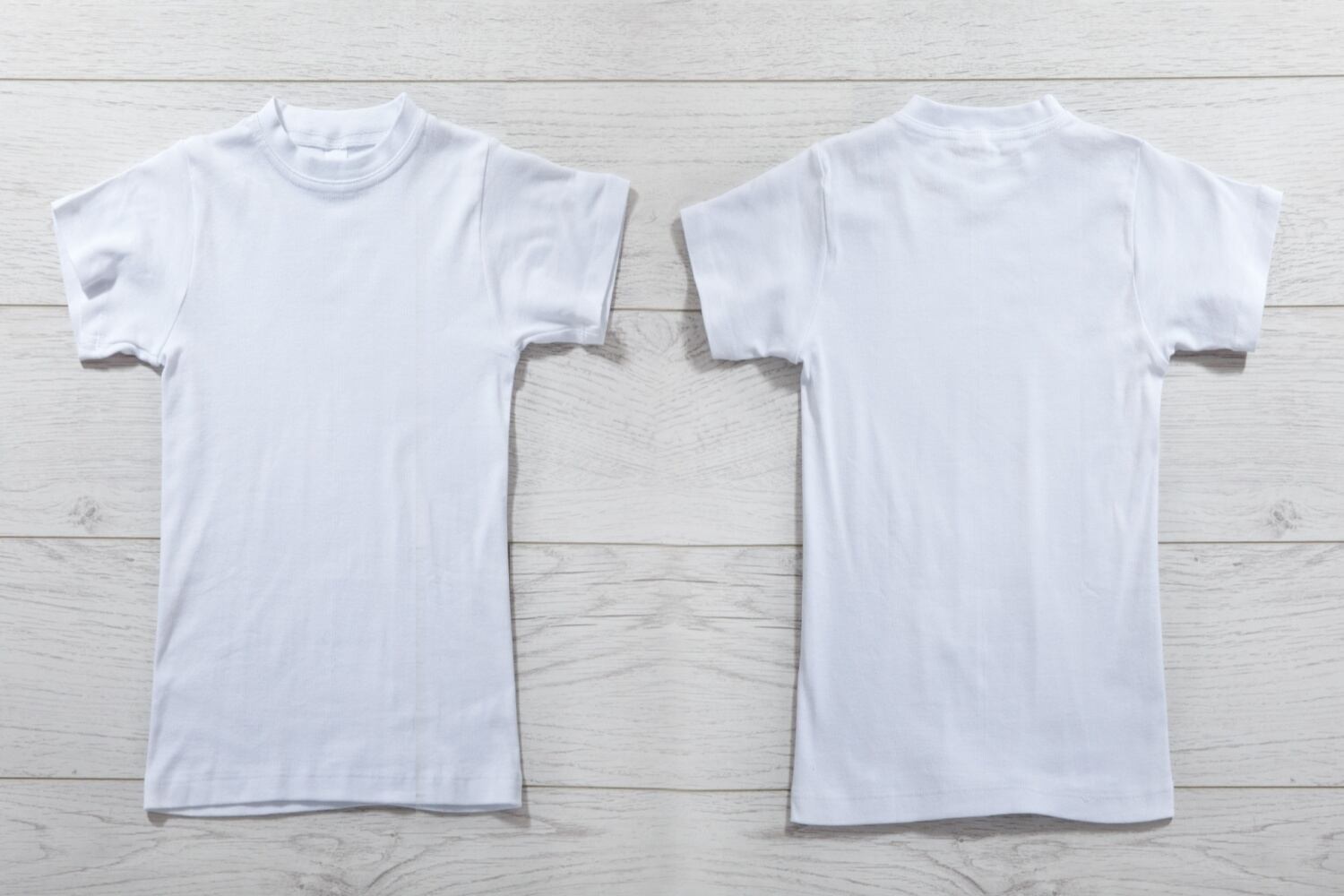
Your toddler will get confused about the front and back of clothes without your help. It will surely make a funny moment but you will have to teach them to differentiate the front and back of clothes by looking at the tags, buttons, zippers, and pockets.
12. Help Them be Independent
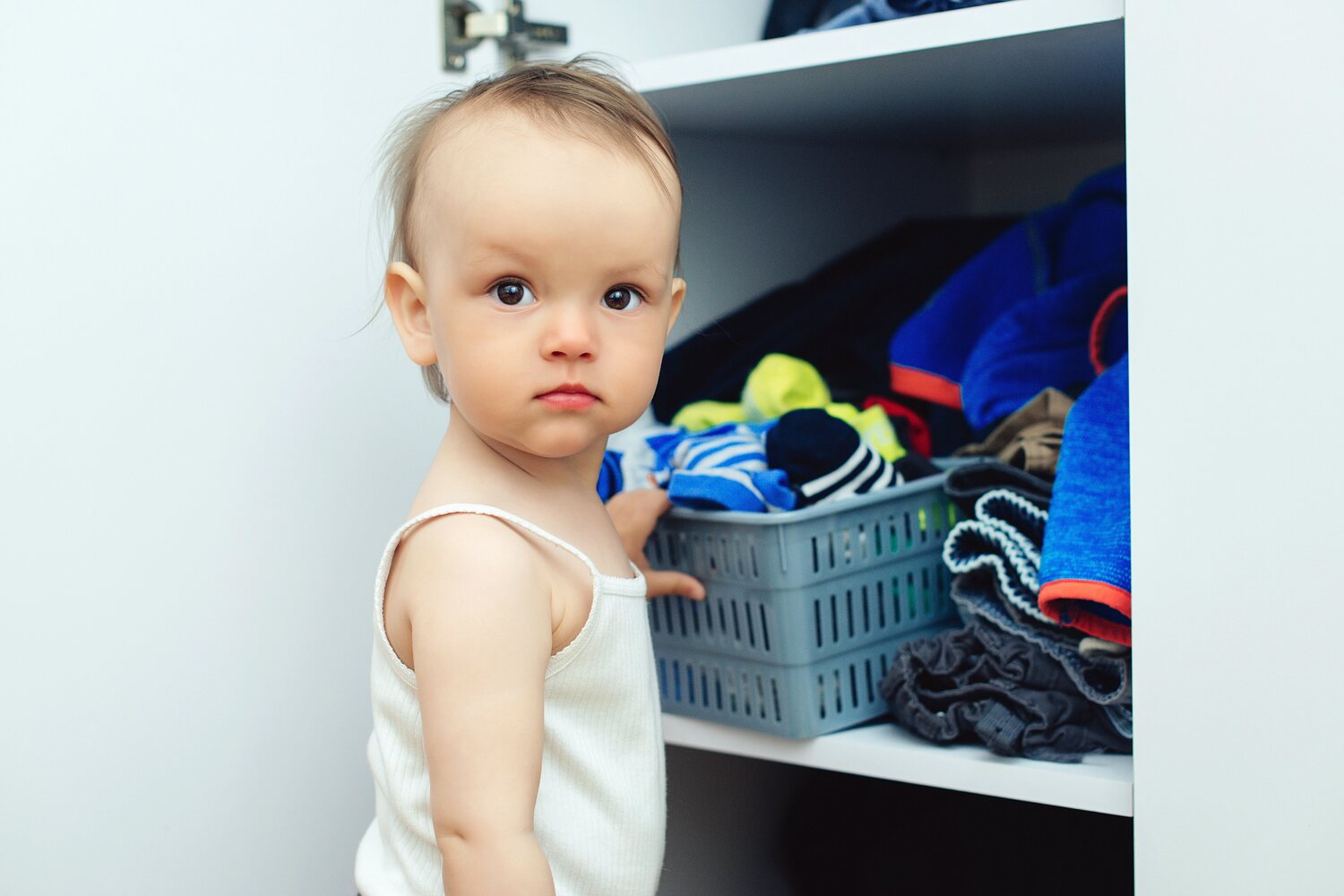
Let your toddler independently explore different types of garments. You can put the toddler’s wardrobe unlocked or put some clothes in the lower drawer of your closet so that they can easily access them. You can also increase your toddler’s interest toward self-dressing by involving them in arranging clothes in proper order, or according to their colors.
13. Use Positive Reinforcement
Positive reinforcement or rewards including praises, appreciation, and occasional prizes can effectively secure good behaviors in children. You can use it to promote self-dependence and decision-making ability in your toddler. Appreciate every time your toddler tries to put on a cloth or successfully remove it. Give them a badge for successfully completing each step of dressing as a reward.
14. Appreciate Their Dressing Style
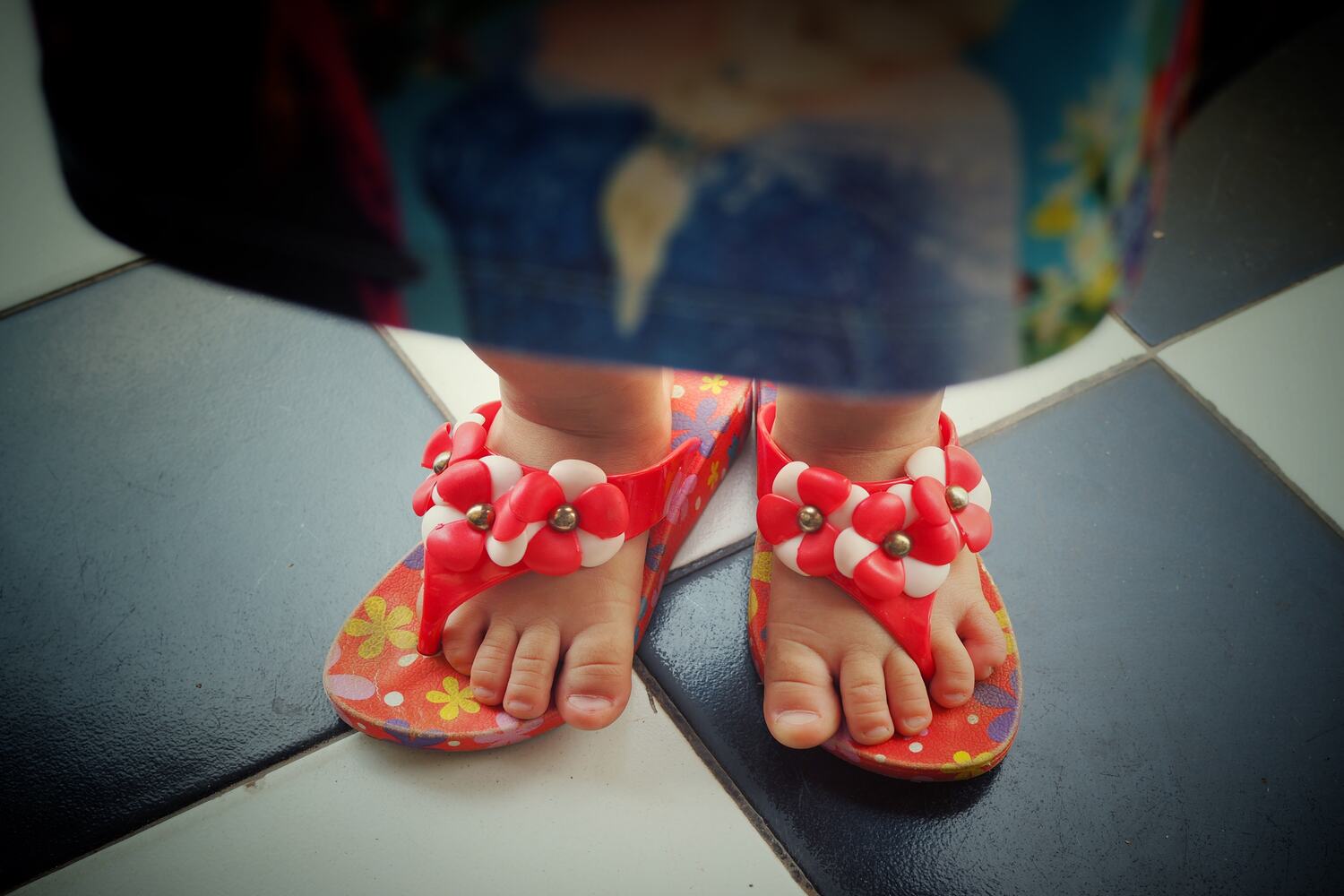
Do not laugh at your toddler for their innovative dressing style. This may negatively impact their confidence and hamper their self-reliance to try something unique (7). Instead appreciate their dressing style even if it doesn’t match with your sense of proper dressing. Your acceptance is what makes your kid confident in front of the world.
Teaching toddlers to dress themselves is an effective way to foster self-expression, creativity and self-esteem in them. Following these steps can make the process smooth for you and your toddler. With constant support, guidance, encouragement, and appreciation you can teach your toddler to dress themselves with so much ease. Celebrate each new progress that your toddler makes and enjoy the process as it is the most important thing.
FAQ’s
1. Why is it Important For Children to Learn to Dress Themselves?
Learning to dress themselves is important for children as it helps them in muscle and joint movement. The gross and fine motor skills and hand-eye coordination of children also improve through it. Moreover, a sense of independence, creativity, and confidence develops in them as they get to express their feelings through dressing choices.
2. Should You Force a Toddler to Get Dressed?
No, you should never force your toddler to get dressed as this may lead to unintentional hurting and unnecessary tantrums. Instead, you can try convincing your toddler to dress by telling them stories. You can also challenge them to wear socks or put on a hat to get your job done tactically.
3. What Age do Toddlers Try to Dress Themselves?
Toddlers may show interest in their clothing as soon as they hit their first birthday. However, trying to dress themselves may take another year to appear. It is generally around 2 to 3 years of age when toddlers can practice some activities of dressing themselves on their own.
References
- Building fine motor skills and why it matters – [https://www.canr.msu.edu/news/building_fine_motor_skills_and_why_it_matters]
- Motor Skills and Executive Functions in Pediatric Patients with Down Syndrome: A Challenge for Tailoring Physical Activity Interventions – [https://www.ncbi.nlm.nih.gov/pmc/articles/PMC10661287/]
- Babies need humans, not screens – [https://www.unicef.org/parenting/child-development/babies-screen-time]
- Interventions Aimed at Improving Child Language by Improving Maternal Responsivity – [https://www.ncbi.nlm.nih.gov/pmc/articles/PMC3038596/]
- Expressing and Developing Creativity – Birth to 2 Years – [https://www.ecda.gov.sg/growatbeanstalk/article/expressing-and-developing-creativity—birth-to-2-years]
- Child development 1–2 years – [https://www.healthywa.wa.gov.au/Articles/A_E/Child-development-1-2-years]
- Parenting Knowledge, Attitudes, and Practices – [https://www.ncbi.nlm.nih.gov/books/NBK402020/]

